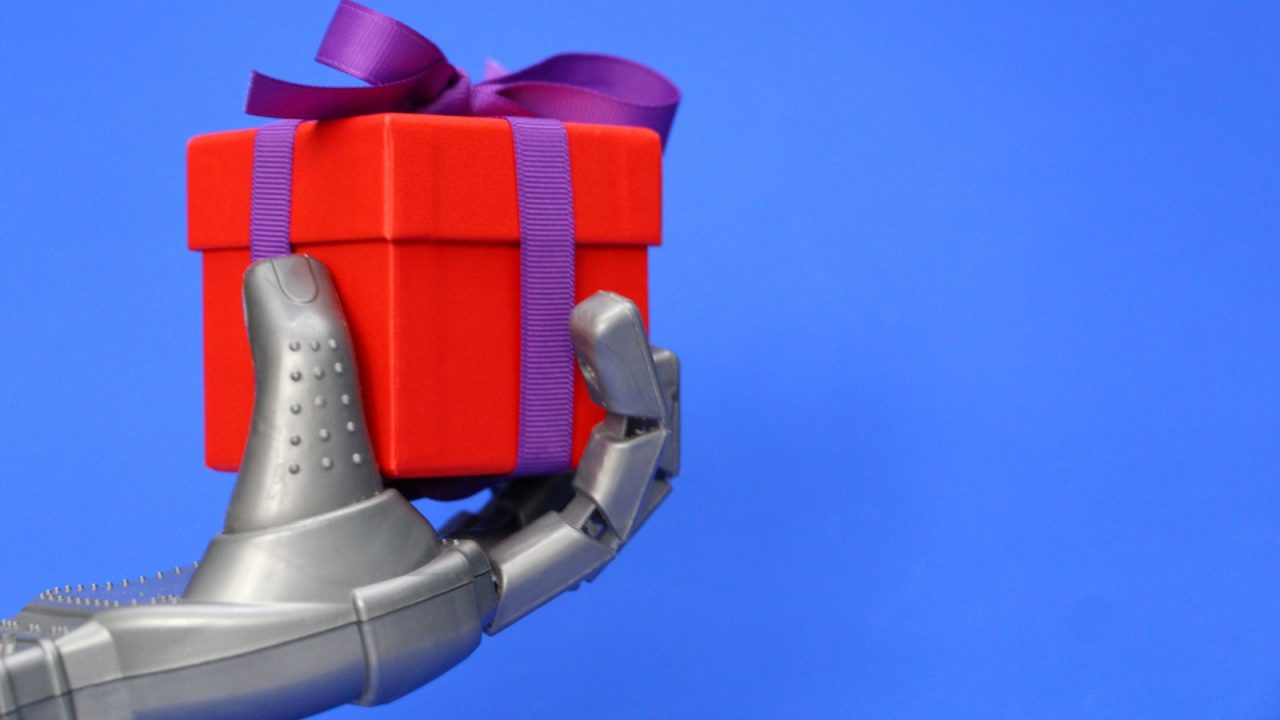CE This Week interviewed Casey Banks, Travelers’ senior risk control consultant, construction, on wearables and safety. Travelers is collaborating with Gilbane and Triax Technologies to explore the potential safety benefits of wearable devices. Travelers will review data collected from a variety of Triax’s Spot-r IoT devices, including those used at a Gilbane construction site in New York City over 20 months. By collecting real-time data and notifications, and visibility into what is actually happening on the site, wearable technology has the potential to transform safety and risk management practices.
CETW: Wearable devices have been used before on jobsites — what makes Travelers’ collaboration with Gilbane and Triax different?
Banks: Two things make this project particularly noteworthy. First, this is a long-term project spanning over 20 months, and we will be able to better understand how the devices work on a jobsite over time. Second, the devices we’re using include sensors that can tell us where, how and how often accidents are occurring. This will help us pinpoint specific aspects of a job that can be changed to improve worker safety and overall outcomes when an incident does occur. This project takes a holistic view of a jobsite, and once it’s completed, we hope to combine these insights with our internal data to home in on the risks that contractors may need to address so that future jobsites can have a better design.
CETW: What insights are you aiming to glean from this project?
Banks: In addition to when and how accidents are occurring, we hope to discover how frequently employees come into contact with machinery and response times after an accident, among other details. We also expect to develop a stronger understanding of what businesses need to consider before they implement this technology, as well as what the potential risks of implementation and use might be.
CETW: What are some specific construction risks that wearables are being used to detect?
Banks: Working with heavy tools and machinery can be risky, and we know that being struck by equipment is one of the most common causes of injury on the job site. The use of wearables with proximity sensors may help mitigate this risk, since they alert both the equipment operator and the worker when that worker gets too close to the machinery.
Falls are another common risk on construction sites, and Triax’s Spot-r ClipTM, which is worn by the worker to detects falls, gives supervisors real-time notification of a worker’s location and details about the incident. Wearables may also help with the time it takes to respond to an incident — from realizing an accident has occurred to reaching the injured worker.
Ergonomic issues from repetitive motions and pressure on the muscles and joints may be improved with wearables as well. For example, lumbar motion monitors measure the position and movement of a worker’s back in real time to identify high-risk motions, and exoskeletons enable workers to hold heavy tools or operate them in difficult or unusual positions with reduced effort.
CETW: What opportunities do wearables present in designing a safer jobsite?
Banks: The data from wearables can be analyzed to help prevent future accidents, providing a potential layer of protection against injury. For example, if slips, trips and falls are happening in a particular location on a jobsite, we can analyze the data from the wearables to identify and address the cause.
CETW: As wearable technology is introduced to construction sites across the country, what do contractors need to do to ensure these devices are being managed correctly and used properly?
Banks: It’s critical that companies spend time working with vendors and their insurance carriers before deploying any devices to help fully understand what problem they are trying to solve with the technology, what data can be obtained, how to interpret the data and what they can learn from it.
Once that takes place, workers will need to be trained on how to use these devices and management may want to update safety programs and materials.
Some employees may also be hesitant about wearing something that monitors their every move. To work through this, it’s important for supervisors to be transparent about the purpose of these devices and to clearly outline the safety benefits for both the company and employees.
CETW: How do you think wearables will change jobsites in the future?
Banks: We believe that the construction industry will be able to apply the insights gained from wearables to future jobsites, which will make them safer than ever. Not only will jobsites be better designed, but wearables will provide contractors with greater visibility and insight into what’s happening in real time, allowing them to make changes as the job is unfolding. We are hopeful that wearables and their data will help reduce the trend of frequent, severe injuries that the industry has seen in recent years.







